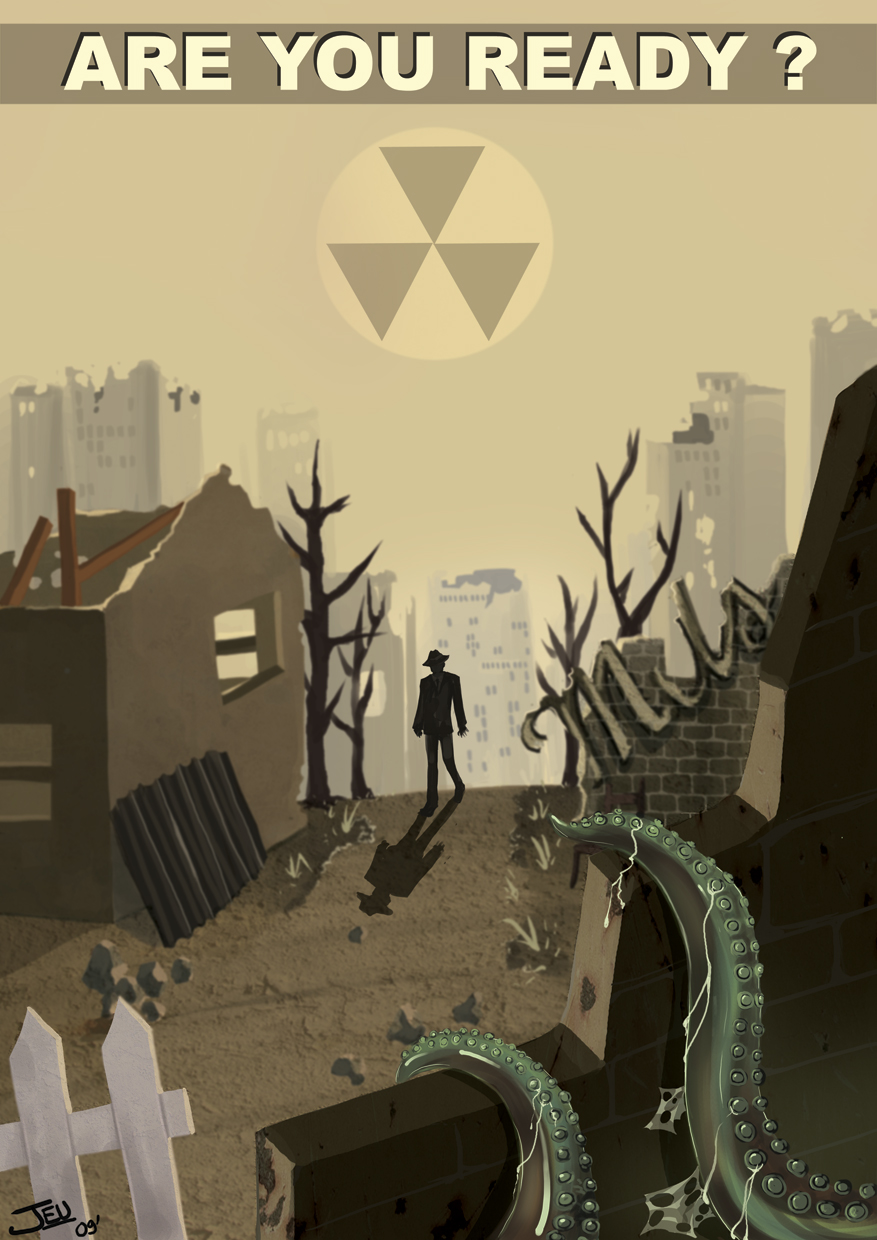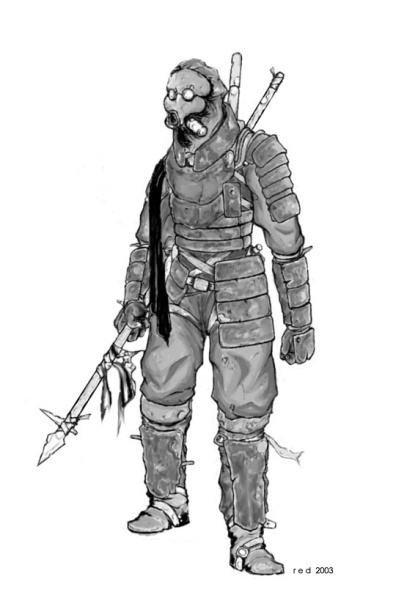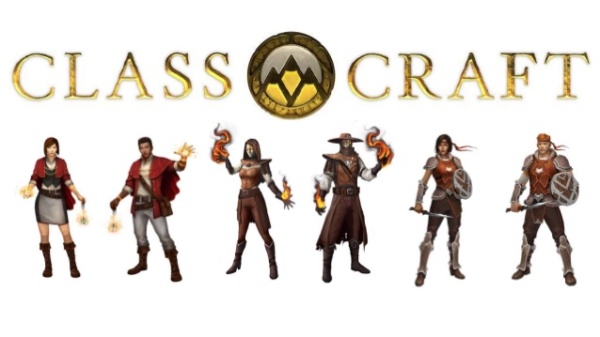Jeg er super glad for at kunne samarbejde med Theo Thy, som har designet et læringsspil til engelsk undervisningen i gymnasiet.
Spillet Team Time Travel bygger på korte øvelser fra undervisningen, hvor elever skal svare på ret “skæve” spørgsmål. Ideen er naturligvis at de bliver presset ud i nogle uvante situationer, og måske også bliver nødt til at anvende nogle engelske ord og begreber de sjældent bruger.
Prøv spillet gratis her: Team Time Travel regler og kort (version 1.02)

Disse udfordringer bliver så grundstenen i et spil, hvor elever dyster imod hinanden i klumper af tre hold. Hver udfordring stilles til to af holdene, hvor det tredje hold så agere dommere, og skal vælge den bedste løsning.
Reglerne er så designet på en genial måde, hvor man for at vinde spillet skal spille på både den sjoveste og fagligt mest givende måde. Bedømmelseskriterierne er nemlig at spillerne taler engelsk, har en kreativ løsning, og inddrager flest muligt af deres holdkammerater.

Prøv spillet gratis her: Team Time Travel regler og kort (version 1.02)
Hvis jeg skal tage analyse-brillerne på, scorer spillet højt på en lang række motivationstyper – her bruger jeg navngivningen fra Octalysis. Der er konkurrencen imod de andre, og samarbejdet på holdet (CD5 social indflydelse og relationer). Kreativitet (CD3) er et krav for at vinde, og der er nysgerrighed (CD7) omkring hvad den næste udfordring bliver – både fordi det er ukendt, men især fordi udfordringerne er så skæve og varierede.
Desuden er det altid en success-oplevelse (CD2) at få points, fordi det per definition er udfordrende. Man skal jo gøre det bedre end sine modstandere, så hvert point er en sejr.
Jeg er også ret begejstret for fleksibiliteten i spillet, idet man kan vælge en varighed på 20-30 min. eller et helt modul. Eller også kan man inddrage spillet i et forløb om en tidsperiode, hvor det så spilles i slutningen af op til 5 moduler i forløbet.
Prøv spillet gratis her: Team Time Travel regler og kort (version 1.02)
Spillet er stadig nyt, da Theo pga. perioden med virtuel undervisning endnu ikke har kunnet afprøve det på eleverne. Men han har god erfaring med flere af udfordringerne, så det bliver nok kun bedre af at udvide det til et spil.
Vil du vide mere om læringsspil og gamification i undervisningen?
Se Gamificerede undervisningsmetoder ,
eller hold dig opdateret ved at tilmelde dig Facebook gruppen Gamification i undervisningen




